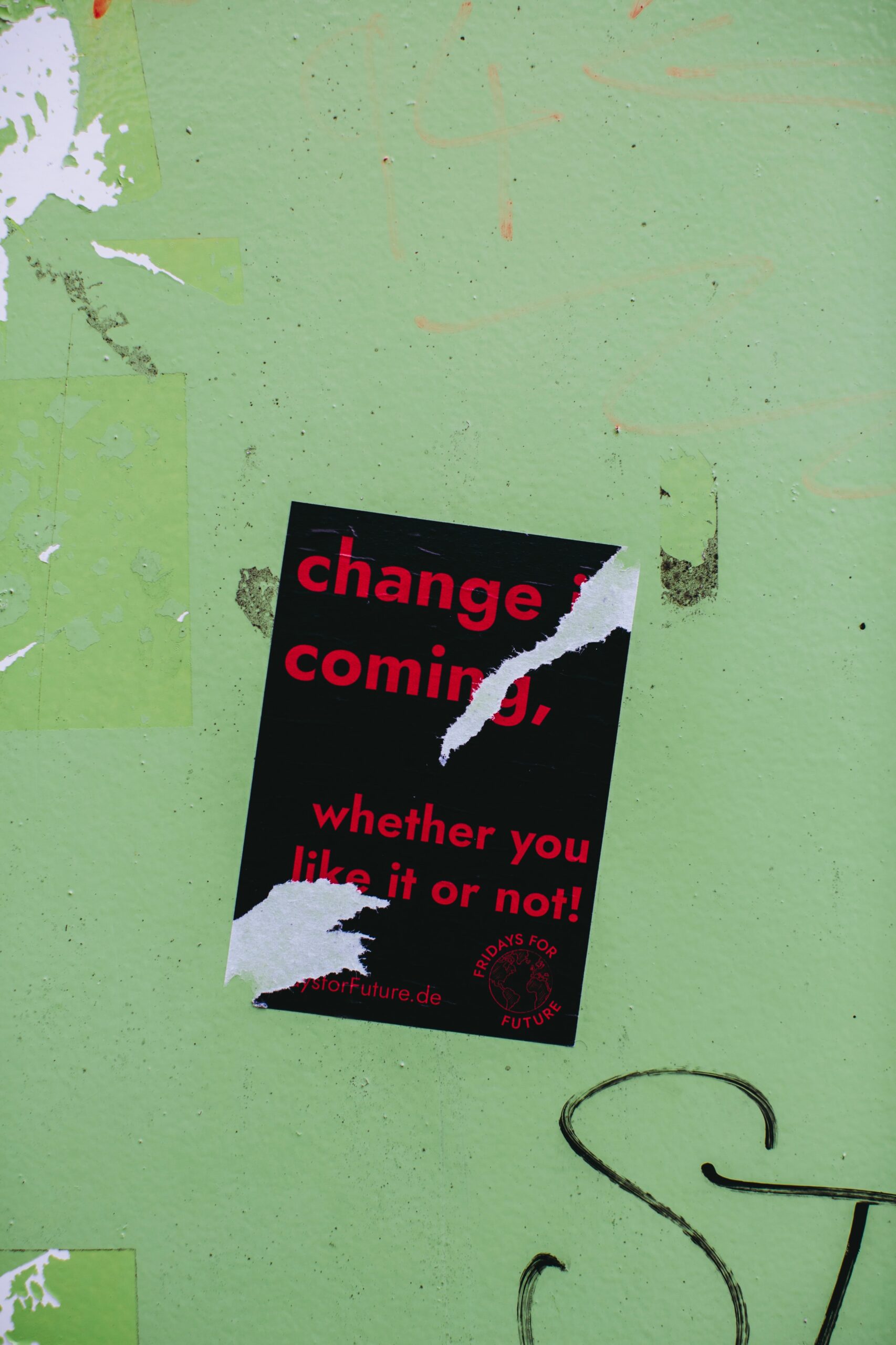The media landscape is constantly evolving, and the pandemic sparked even more evolution. Muck Rack’s The State of Journalism and Cision’s Global State of the Media studies surveyed thousands of journalists across the globe to get a sense of what’s changed, including reporters’ biggest challenges and how PR pros can break through the clutter.
Muck Rack’s survey in particular examined social media, news consumption, reporting and media relations, and we’ve rounded up the key takeaways below.
- 58% of journalists go to online newspapers and magazines for their news.
- 76% of journalists find that Twitter is the most valuable social network.
- 70% of journalists believe a story is more shareable when connected to a trending story or topic.
- Over 60% of journalists agreed that the way most companies share information is outdated.
- 25% of journalists said that the number one reason behind rejection of otherwise relevant pitches was bad timing compared to other years where the majority voted lack of personalization.
- 43% of journalists receive 1– 5 pitches on a regular business day, with 75% of journalists saying a quarter to one-half of the stories they publish originate from pitches.
These figures reflect what we’ve seen in this past year’s news with most articles centered around COVID-19 and journalists receiving multiple pitches on an average business day. This underscores the importance of knowing what journalists are looking for to make your pitches stand out.
What to Expect in 2021
Last year made an indelible mark on newsrooms around the world. To gain deeper insights into today’s media landscape, Cision’s survey looked at a range of topics from factors changing the way journalists work and the types of stories they want, to how public relations pros can build stronger relationships with the media to get coverage.
Since the pandemic began, the infinite number of crises has the public and journalists alike hungry for positive news. In 2021, journalists are not only looking for new angles for COVID-19 coverage but also “feel good” stories centered on getting back to normal and how businesses, communities and technologies are helping others. Additionally, one-third of journalists are looking for stories on furthering diversity, equity and inclusion across communities and more research-based, thought leadership content.
How Journalists Can Work with Public Relations Pros
According to Cision, 47% of journalists cover five or more beats with nearly the same amount, filing seven or more stories per week. Nearly 70% of journalists say that only a quarter (or less) of the pitches they receive are relevant to their audiences. Journalists don’t have time to chase down stories, so it’s important to give them all the information they need upfront to take the burden off them and increase the likelihood they will cover your story.
While 48% of journalists are satisfied with the public relations pros they work with, 14% aren’t as impressed. Here are seven ways public relations pros can be better partners with the media and foster mutually beneficial relationships for both sides.
-
Do your homework.
Before you reach out to journalists, do your research to make sure your pitch makes sense for their audience.
-
Be a trend spotter.
Does your story tie into what’s happening in the world? Set up alerts and use monitoring tools to stay ahead of news and emerging trends to ensure you’re developing timely narratives.
-
Time it right.
In both surveys, a majority of journalists cited Monday as their favorite day to receive pitches.
-
Give them time before following up.
Wait two or three days, maybe even longer, before following up. This gives reporters plenty of time to look over a pitch.
-
Plan ahead.
Over one-third of journalists would like to see a list of stories you have planned out in advance. One in four journalists plan their stories a week ahead and 18% plan a month ahead.
-
Get graphic.
Provide multimedia elements that bring your story to life. This can include images, videos, infographics and social media posts. More than one in five journalists said they wish PR pros would include multimedia assets in their press releases.
-
Give them what they want (what they really, really want).
Nearly 80% of journalists noted that they want news announcements and press releases, which is also the source of content they noted as being the most useful. Other types of content include original research reports, invitations to events and initial ideas for story development.
Other things to keep in mind:
- 68% of journalists prefer to receive pitches between 5AM and 12PM EST.
- 91% of journalists prefer pitches under 200 words.
- If you are contacting more than one reporter from the same outlet, be upfront about it and consider emailing them all together.
- Most journalists are looking for pitches that will generate the most traffic, so ask yourself, “Would my story make people pause when scrolling through their social feeds?”
- Always deliver on what you promise.
- Make sure reporters have your cell number so they can quickly reach you.
- Be careful on who you choose as an “expert source.” Provide the most informed sources, rather than spokespeople.
The media landscape will continue to evolve and with it, journalists’ needs and expectations. The key for PR pros is to be mindful of the challenges driving the media, stay on top of emerging trends and provide data-driven, multimedia stories to make journalists’ jobs a little easier.



